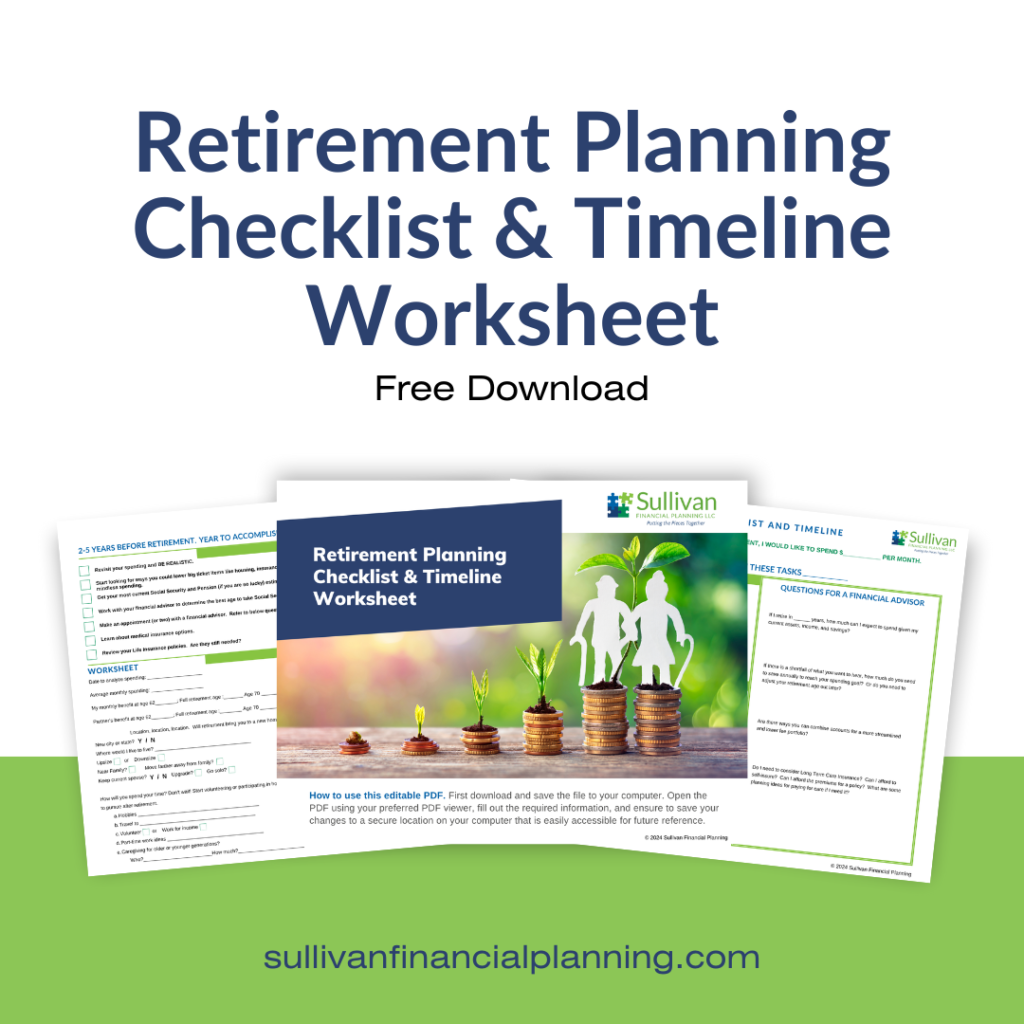Last week, we talked about the different ways that mutual fund sellers get paid. There are funds with loads, called A or B shares, that charge up-front or back-end commissions. There are also no-load funds that are sold directly from mutual fund companies or through discount brokers such as Fidelity, Schwab, TD Ameritrade, Vanguard, or E-trade.
What all of these mutual funds have in common, though is that they charge annual expense ratios to cover the expenses of running the fund every year. The expense ratios vary by company and by style of investment. When comparing expense ratios, it’s important that you are using similar types of funds to get a meaningful number.
For example, you wouldn’t price compare a DVD player against a bag of oranges. It’s the same with comparing the expense ratios of, say, an international small company mutual fund to a US investment grade bond fund. Each kind of fund naturally has higher or lower costs to research and trade.
So, how do you find out if the cost of your investments is high, low, or average relative to its peers? Morningstar.com shows expenses at the top right of the quotes page and next to that gives them a high, medium, or low rating. Yahoo Finance shows fees and expenses in a table in the bottom right corner of the Profile section of its mutual fund research page. Next to the fund’s expense, there is a Category Average number so you can compare.
For a quick reference point, check out this table:
| Type of Mutual Fund | Reasonable Range of Expense Ratios |
| US Large Company Stock Funds | .05% (Index funds) – 1.10% |
| International Developed Markets | 1.00% – 1.60% |
| US Bond Funds | .45% – 1.00% |
| Foreign Bond Funds | .50% – 1.25% |
| Real Estate Funds | .6% – 1.15% |
Why is this important to you? Because you can’t control how the investment markets behave, but you can control how much you pay to participate in them. For a $100,000 portfolio, every half percent extra you pay in investment expenses costs you $500/year. That adds up over time, so this is something to pay attention to!
Next time, buying mutual funds from a commissioned broker or a fee-based planner: which is best for you?


